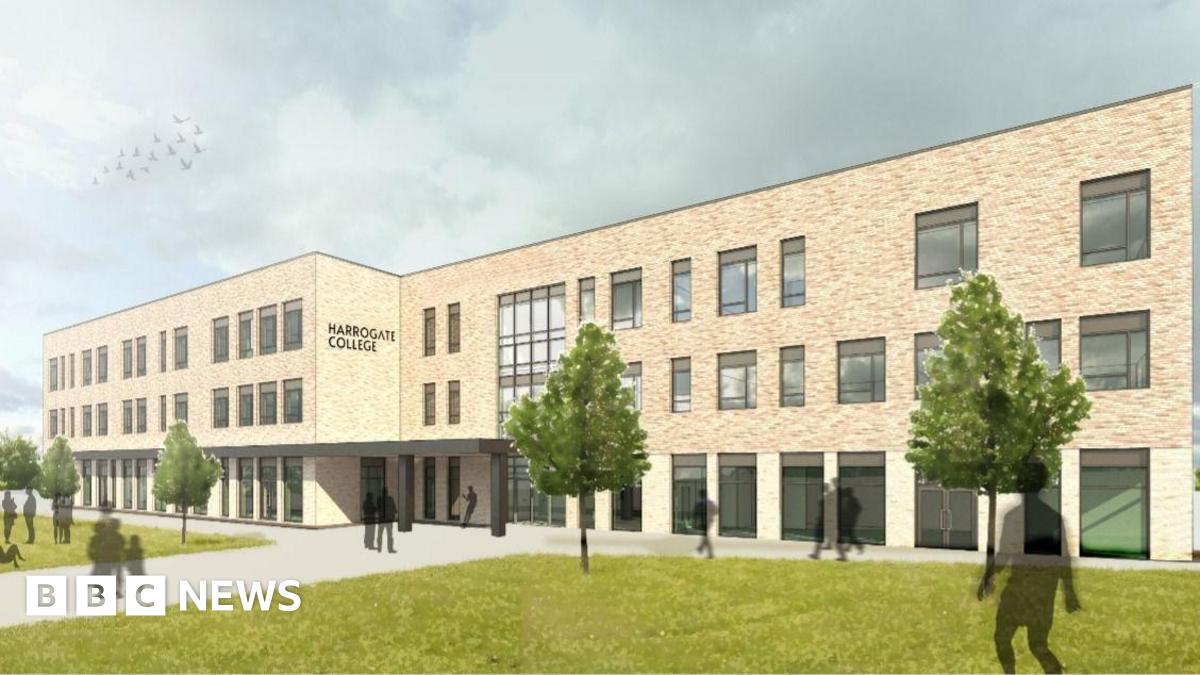AI's Growing Appetite: Why Data Centers May Lock Us into Natural Gas for Years

The rapid expansion of Artificial Intelligence (AI) is transforming industries and reshaping our future. However, a less-discussed consequence is its significant and growing energy demand. A recent surge in the construction of new natural gas power plants across the United States is directly linked to the burgeoning needs of AI data centers, raising serious questions about our progress towards clean energy goals.
The Data Center Dilemma: A Power-Hungry Beast
AI models, particularly large language models (LLMs) like those powering ChatGPT and other generative AI tools, require immense computational power. This power is housed in sprawling data centers, facilities packed with servers operating around the clock. The energy consumption of these data centers is staggering. Estimates suggest that AI data centers could account for up to 5% of global electricity consumption by 2025 – a figure comparable to the entire United Kingdom’s energy usage.
Natural Gas: The Current Solution, But at What Cost?
While renewable energy sources are increasingly being integrated into the grid, the sheer scale and immediacy of AI’s energy needs have led many data center operators to rely on natural gas as a readily available and relatively cost-effective solution. Numerous new natural gas power plants are being built specifically to supply these facilities, effectively offsetting progress made in transitioning away from fossil fuels. This isn't necessarily a malicious decision; it's often driven by economic realities and the time it takes to scale renewable energy infrastructure.
Impact on Clean Energy Aspirations
This reliance on natural gas presents a significant hurdle to achieving national and global clean energy targets. The construction and operation of new gas-fired power plants lock us into decades of fossil fuel dependence, emitting greenhouse gases and contributing to climate change. It also diverts investment and attention away from renewable energy development and deployment.
Potential Solutions and the Path Forward
The situation isn't hopeless. Several strategies can mitigate the impact of AI’s energy consumption:
- Renewable Energy Integration: Aggressively expanding renewable energy sources (solar, wind, hydro) and improving grid infrastructure to ensure a reliable supply for data centers.
- Energy Efficiency Improvements: Developing more energy-efficient AI algorithms and hardware to reduce the computational burden. This includes exploring techniques like model compression and specialized AI chips.
- Data Center Location: Strategically locating data centers in regions with abundant renewable energy resources.
- Carbon Capture and Storage: Implementing carbon capture technologies at natural gas power plants to reduce emissions.
- Policy & Incentives: Governments can play a crucial role by providing incentives for renewable energy adoption and implementing policies that discourage fossil fuel reliance.
Looking Ahead: A Sustainable AI Future
The rise of AI presents both incredible opportunities and significant challenges. Addressing the energy demands of AI data centers is critical to ensuring a sustainable future. By prioritizing renewable energy, improving energy efficiency, and implementing smart policies, we can harness the power of AI without sacrificing our climate goals. The coming years will be crucial in determining whether AI becomes a catalyst for a cleaner energy future or a roadblock on the path to decarbonization. The urgency of the situation demands immediate and concerted action from industry, policymakers, and researchers alike.





